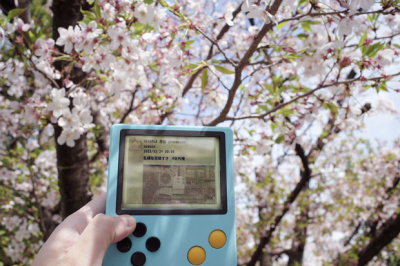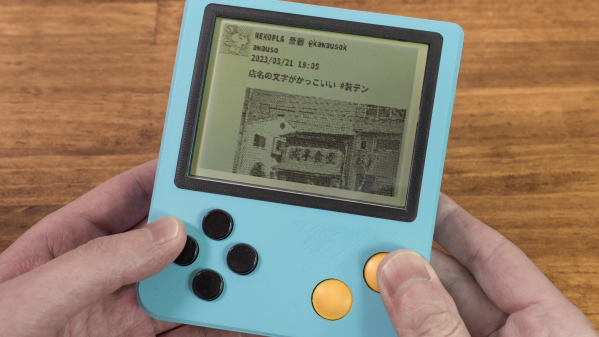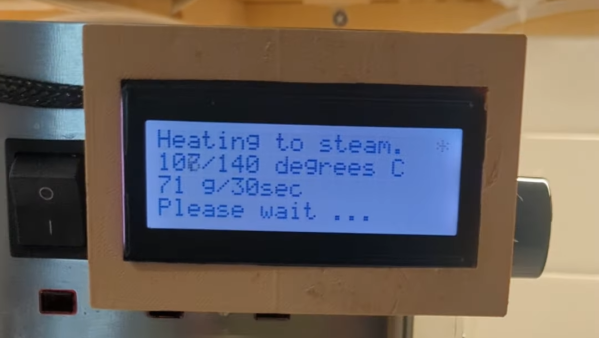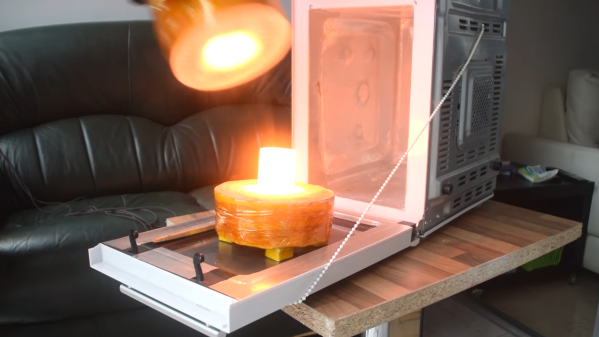Twitter, like many social networks, used to feature a useful API. This let people do fun things like create toasters that could automatically post breaderly updates, or even load Twitter posts on machines that couldn’t handle full-fat websites. That API is now history, but [NEKOPLA] used it for a cute Game Boy-like Twitter device in its dying days earlier this year.

The “TW BOY”, as it is known, runs on a Raspberry Pi Zero 2 W, which includes a WiFi chip on board for easy internet connectivity. A Python script was charged with fetching Tweets for viewing using the now-dead Twitter API. Dithering was used to display color images on the 320×240 monochrome screen. Everything was wrapped up in a tidy 3D-printed housing to complete the look. The device uses two action buttons, and four directional buttons for navigation. It’s the layout popularized by the original Game Boy, and it looks super cute here, too.
The project was built as [NEKOPLA] has a penchant for single-use devices, due to their solitary focuses on doing one thing well. We can appreciate that ethos, and we love the final product, even if Twitter decreed it would no longer work. (Time to move on to Mastodon?) More images after the break.
Continue reading “Little Twitter Game Boy Won’t Work Now The API Is Dead”


















